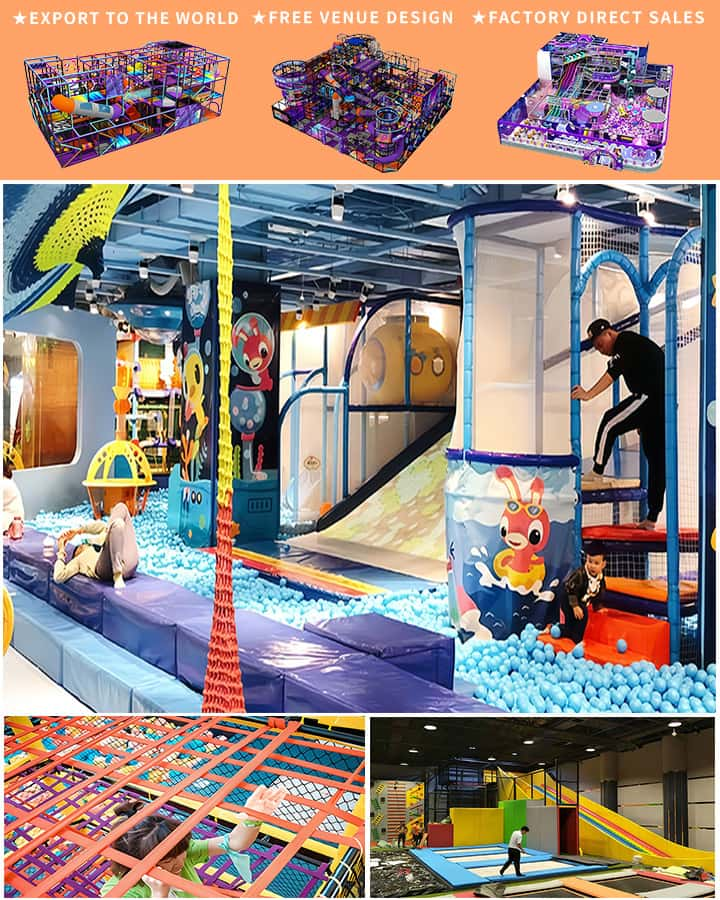Creating an outdoor playground for your kids can be a fulfilling project that not only provides endless hours of entertainment but also ensures a safe environment for their physical activities. A DIY playground tailored to your children’s needs and preferences can be both fun to build and beneficial for their development. Here’s a guide on how to create a DIY outdoor kids’ playground that combines safety, creativity, and practicality.
Planning Your Playground
Before you begin construction, take some time to plan the layout and features of your playground. Consider the following aspects:
Space and Location: Choose an area in your yard that is flat, free from obstacles, and away from traffic or hazards. Ensure there’s enough space for various play structures and future expansions.
Age Appropriateness: Tailor the playground equipment to suit the age and ability of your children. Younger kids may enjoy swings and slides, while older children might appreciate climbing frames and seesaws.
Safety First: Safety should always be your top priority. Ensure that the ground surface is soft and cushioned, such as with rubber mulch, wood chips, or sand, to prevent injuries from falls. Install appropriate barriers around the playground if needed.
Essential Play Equipment
Here are some popular pieces of playground equipment you can include in your DIY project:

Swing Set: Swings are a playground staple. You can buy a pre-made set or build one using sturdy lumber and strong ropes. Make sure to install it securely and check for any wear and tear regularly.
Slide: Slides provide hours of fun and can be made from plastic, metal, or even repurposed materials like old slides from a public park. Ensure it has a smooth surface and secure handrails.
Sandbox: A sandbox encourages creative play and helps with sensory development. Line it with a plastic liner and fill it with clean, fine sand. Add some buckets, shovels, and molds for extra fun.
Climbing Structures: Climbing walls, ladders, and jungle gyms help develop motor skills and coordination. Use pressure-treated wood for durability and safety, and add non-slip surfaces where necessary.
Seesaw: A classic seesaw is great for cooperative play. Build one with a sturdy board balanced on a central support and ensure it has secure seats on either end.
Building Tips
Materials and Tools: Invest in high-quality materials, especially for load-bearing structures like swings and climbing frames. Common tools needed include saws, drills, hammers, and levels.
Foundation Work: For larger structures, consider digging holes and setting posts in concrete for stability. Follow local building codes and guidelines to ensure everything is up to standard.
Assembly: Follow instructions carefully if using pre-made kits. If constructing from scratch, use plans and blueprints to guide you through the assembly process. Always double-check connections and joints for security.
Finishes: Use child-safe paints and sealants to protect wood from weather damage and prevent splinters. Regular maintenance will keep the playground looking new and functioning properly.
Additional Features
To make your playground more engaging, consider adding these extras:
Shade Structure: A shade structure like a canopy or umbrella provides protection from the sun, keeping kids cooler during hot days.
Water Features: A small water fountain or shallow pool can offer refreshing play during warm weather. Just ensure there’s constant supervision to avoid accidents.
Garden Area: Incorporating a small garden with flowers or herbs can teach kids about nature and responsibility. Include stepping stones or a small path for added interest.
Final Thoughts
Building a DIY outdoor kids’ playground can be a rewarding endeavor that brings joy and laughter to your family. By focusing on safety, creativity, and functionality, you can create an outdoor space where your children can explore, learn, and grow. So gather your tools, let your imagination run wild, and start building the ultimate backyard adventure for your kids!




